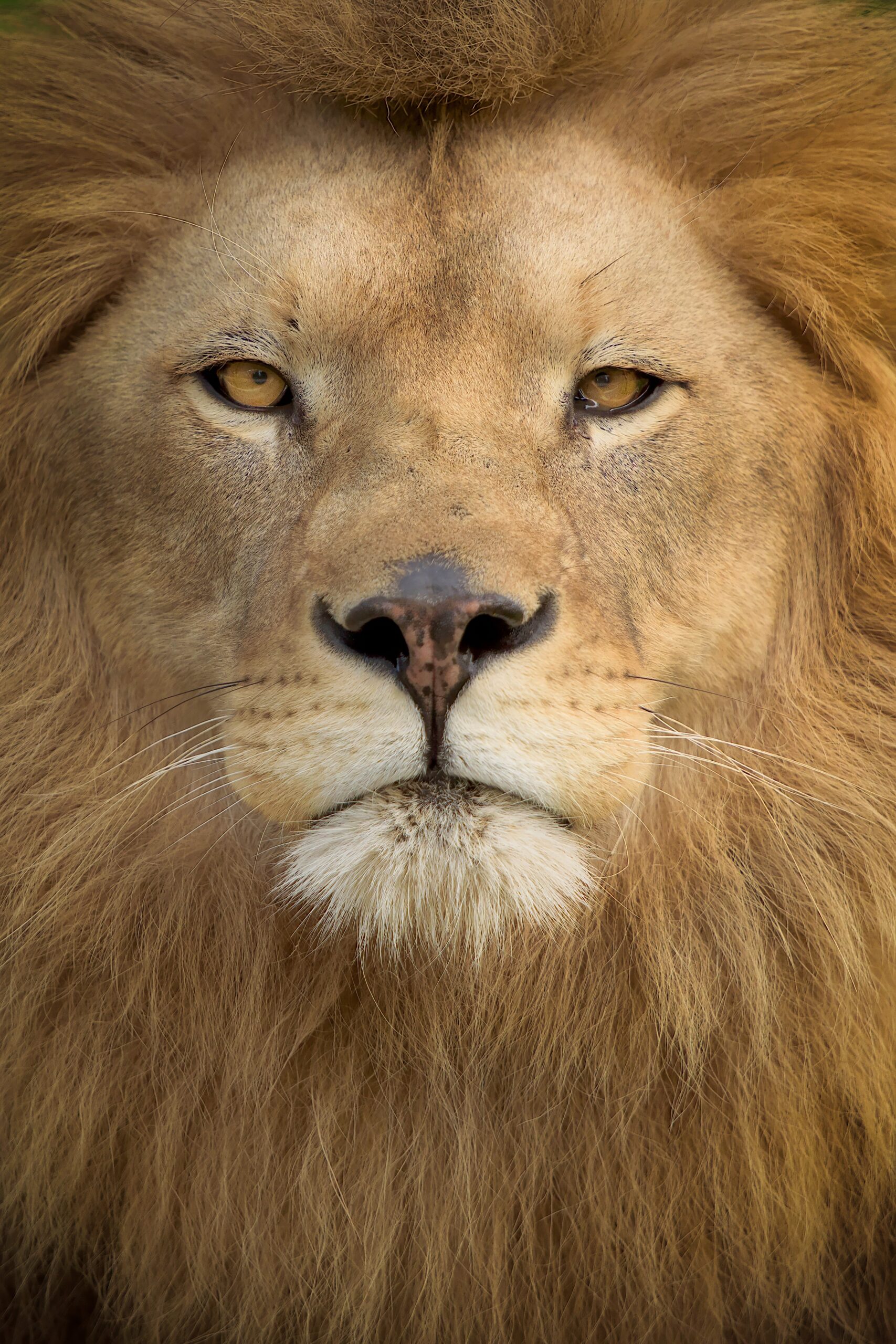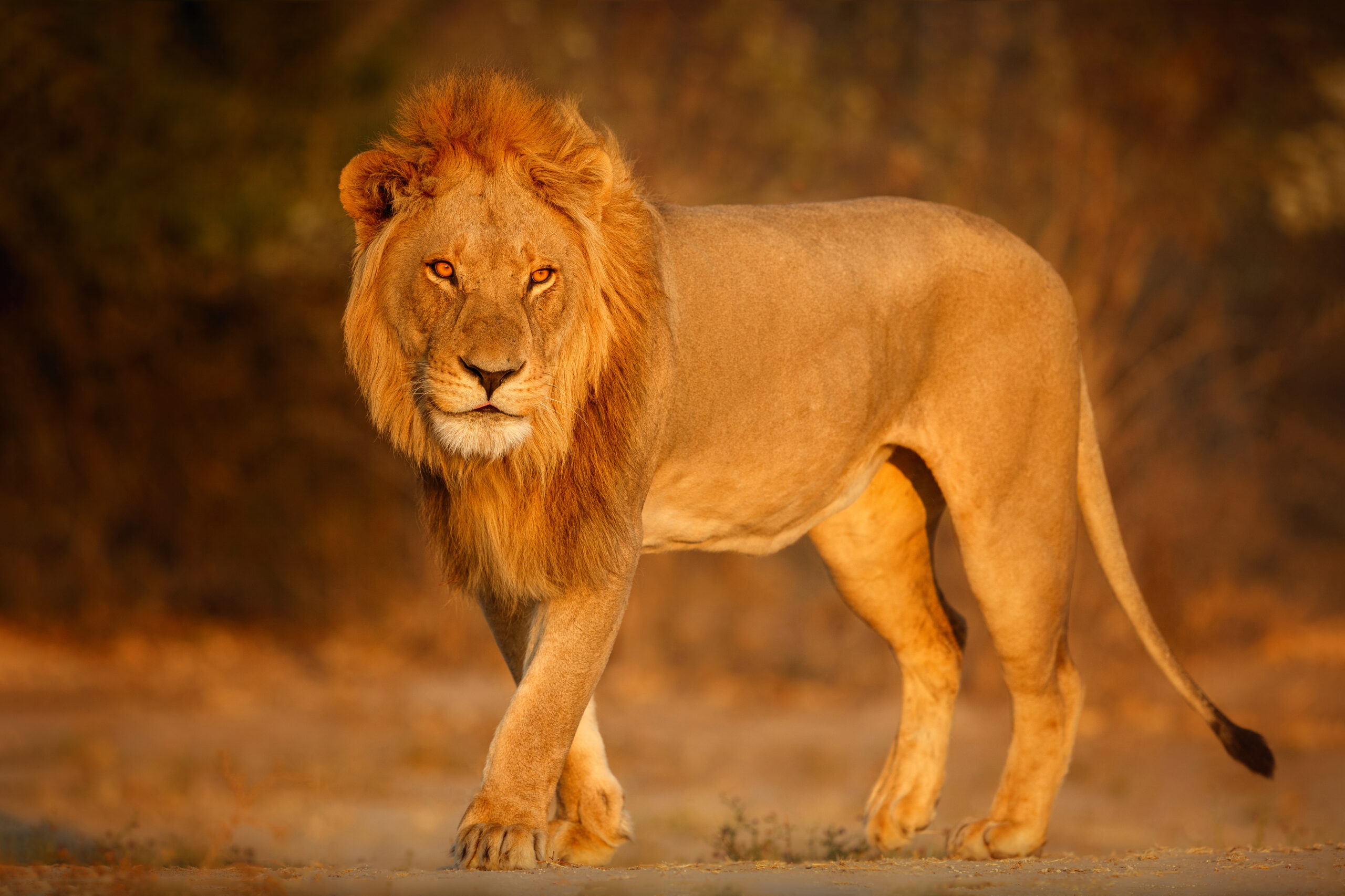Lions are known as the kings of the savanna, but one of their greatest adaptations goes beyond strength and speed — it’s their extraordinary night vision. Unlike many animals, lions do much of their hunting under cover of darkness, which gives them a huge advantage over their prey.
Lions are also known for being quite lazy. They sleep or rest for many hours each day to conserve energy for hunting and protecting their territory. Do you know how many hours lions typically sleep?
Did you know that lions’ night vision is estimated to be six times better than a human’s? Here’s why:

Large Pupils
Their pupils are large and round, allowing them to take in as much light as possible. In low-light conditions, these large pupils maximize the amount of light entering the eye, making it easier to spot prey in near darkness.
High Rod Cell Count
The retinas in a lion’s eyes are packed with rod cells, which are sensitive to light and motion. Rod cells work best in low-light environments and help lions detect movement even when visibility is minimal, such as during twilight or on moonlit nights.
Reflective Layer
Tapetum Lucidum – Lions have a reflective layer of cells behind their retinas called the tapetum lucidum. This layer reflects light that passes through the retina back into the eye, effectively giving the retina a second chance to capture more light. This is why a lion’s eyes seem to glow in the dark and enhances their ability to see in low-light conditions.
Color Perception Trade-Off

While lions have excellent night vision, they have fewer cone cells, which detect color, compared to humans. This means their color vision is not as sharp, but they excel at detecting shapes and movements, which is more beneficial for nocturnal hunting.

Have fun exploring the habits of Lions!

Guess the answers to these quiz questions and earn 1 point for each correct one!

Identify all the animals that lions hunt for prey!

Complete the Lion Memory Game to earn 1 point!

Learn more about the lions!





